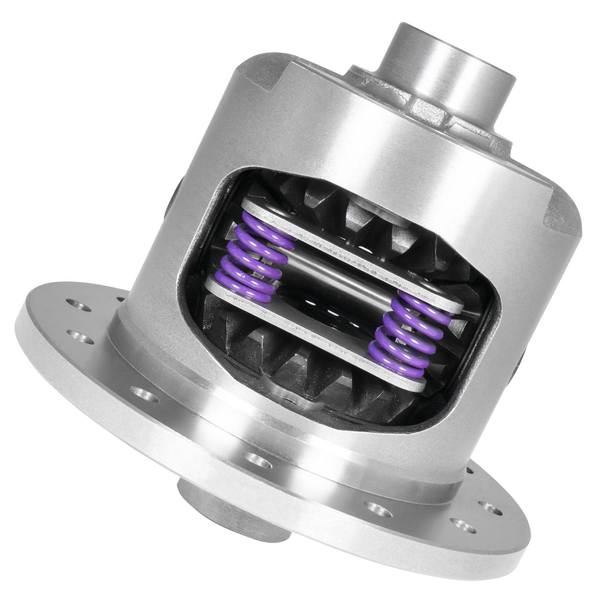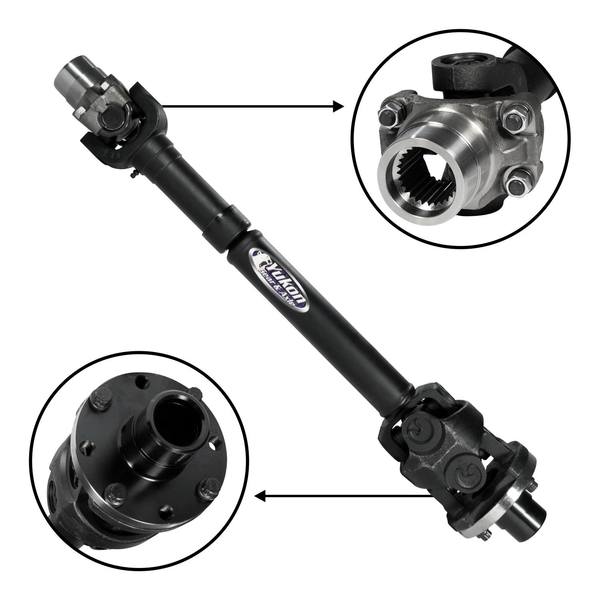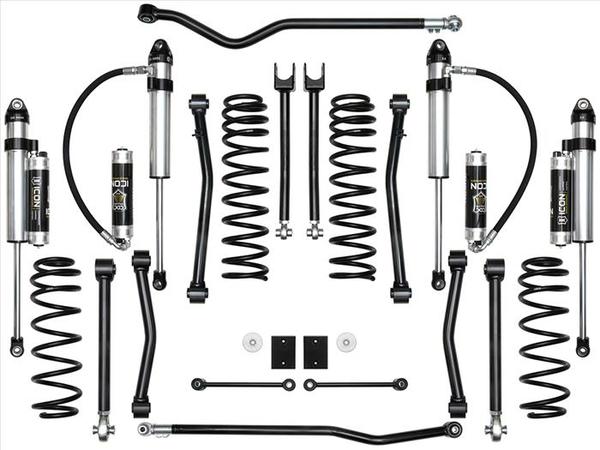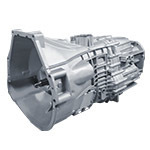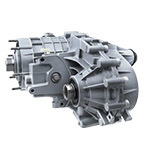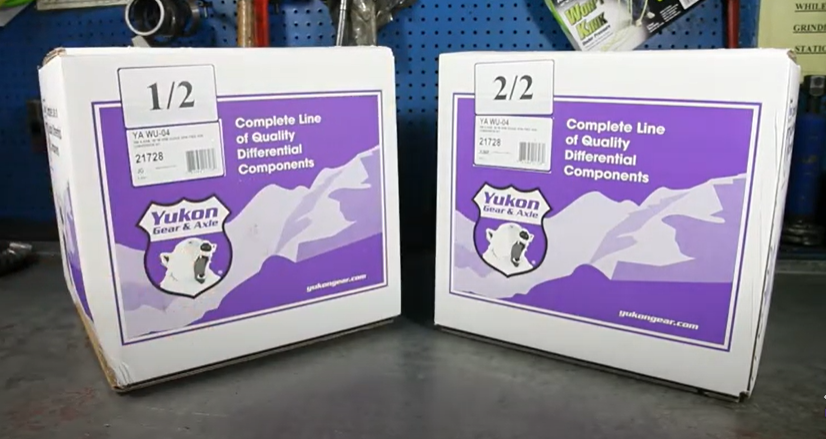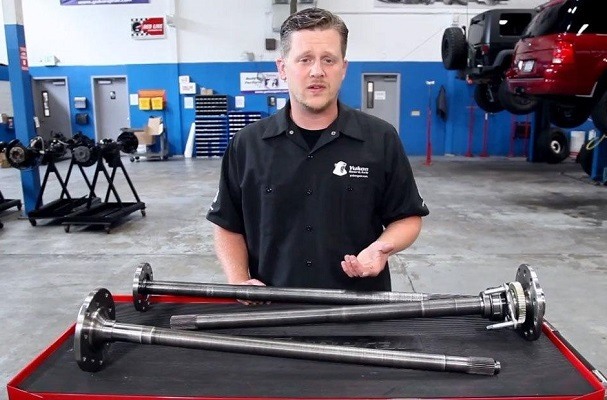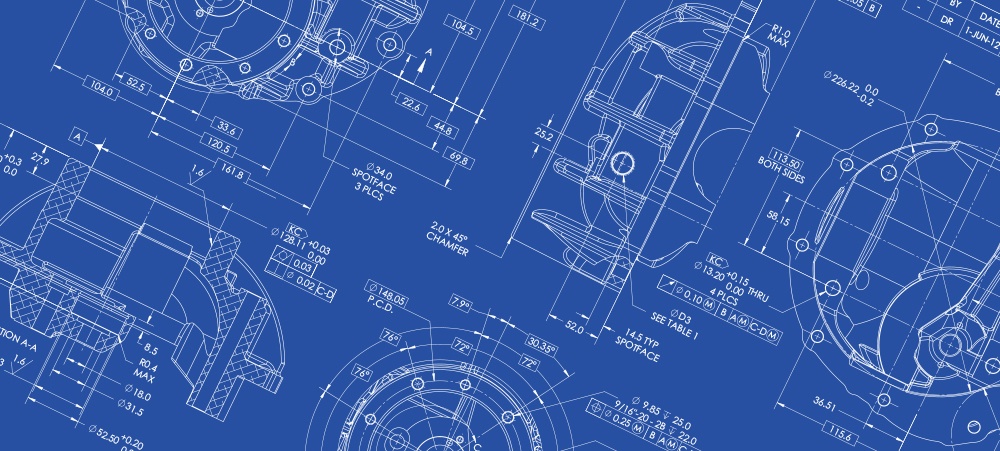Even though the Gleason Torsen limited slip differential has been out of production for about thirteen years now, I still get quite a few questions about it.
The Gleason Torsen was a gear driven, torque-sensing limited slip differential that was very smooth and reliable, as long as it was not used with tall tires. Although Gleason decided it was too difficult to make a strong yet economical unit, Tractech (maker of the Detroit Locker and EZ Locker) has been able to develop their own line of torque-sensing limited slips they call the Detroit TrueTrac.
Detroit TrueTracs are similar in design to the Gleason Torsen , only the TrueTracs hold up well with reasonably tall tires. They use worm wheel gears that work on the same principle as a worm gear. When the unit is loaded, the worm wheels are forced away from each other and against the case. They develop locking torque by the light friction between the worm wheels and the case. This light friction is multiplied by the ratio of the worm wheel, which depends on the size of the worm wheel relative to the size of the side gear. The amount of torque biasing or lockup can be changed by the manufacturer by simply changing the diameter of the gears, or the pitch and spiral of the teeth. A larger difference in the size for the worm wheels and side gears (smaller worm wheels and larger side gears) will increase the lockup force. Increasing the pitch and spiral of the teeth will also increase the lockup forces.
Like everything, there is a limit as to how much lockup force is reasonable. Making the unit too “aggressive” will cause tire scrub during everyday driving and will cause the unit to wear out too quickly. All of the feedback that I have received from customers indicates that the unit works very well for mud and snow, while going unnoticed during every day driving. When used in situations like rocky trails where one wheel gets off the ground, the unit will not lock up 100%. Light application of the brakes will help the differential engage more transferring power to the tire that is still on the ground. For extreme situations where the vehicle will have one wheel in the air often a locking differential provides better power transfer to the wheel on the ground.
Detroit TrueTracs are designed for medium duty 2WD and 4WD applications. They work well in the front and rear, and are so smooth that there is no hint of resistance in the steering wheel when used in front drive steering axles. Like the Gleason Torsen , the Detroit TrueTrack does not bang and clunk, has no clutch chatter, does not wear out like clutch type positractions, does not need limited slip additive, and needs no preload or clearance adjustments.
Sounds too good to be true? The only drawbacks to the TrueTracs are limited applications and their inability to lockup 100% like a locking differential can. Although Gleason no longer makes the Torsen differential, the Detroit TrueTrac is a proven design that is available for many popular applications.
Popular Resources:
 AMC
AMC
 Chrysler
Chrysler
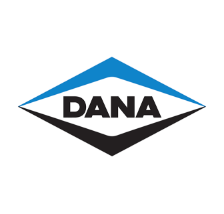 Dana
Dana
 Ford
Ford
 GM
GM
 Isuzu
Isuzu
 Nissan
Nissan
 Suzuki
Suzuki
 Toyota
Toyota
